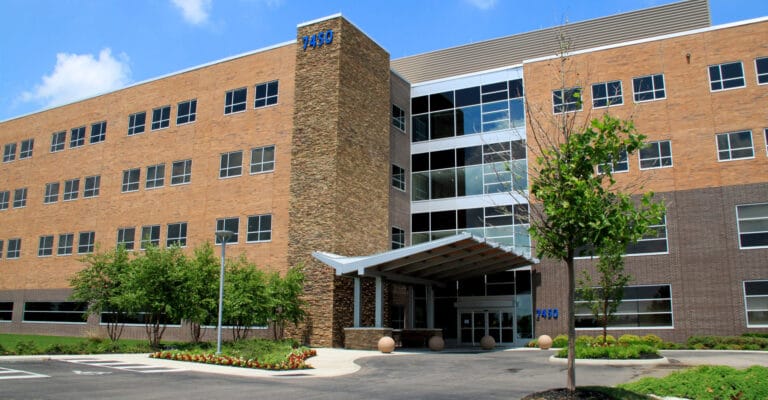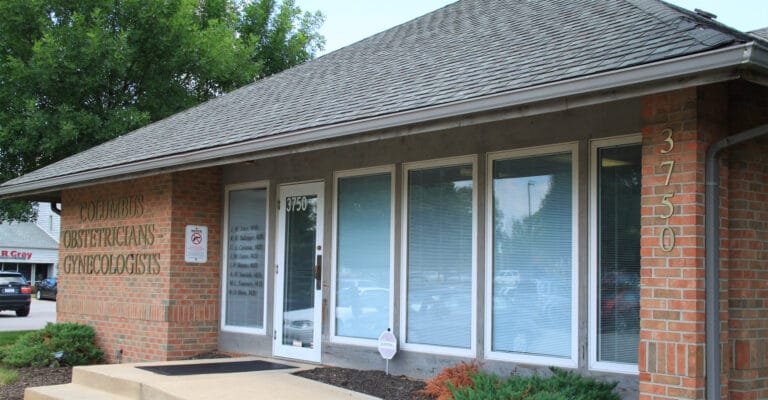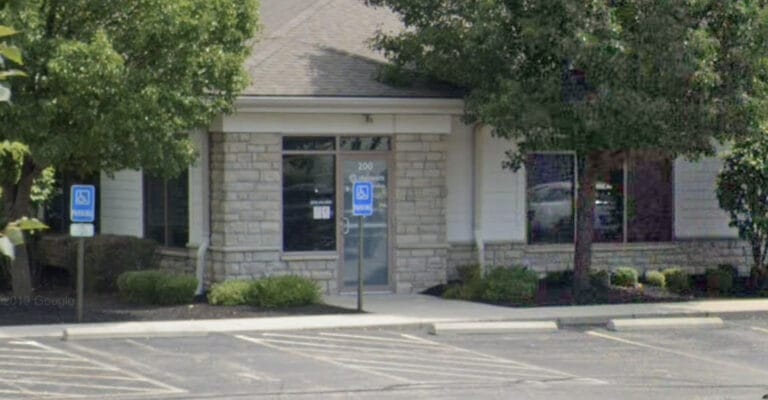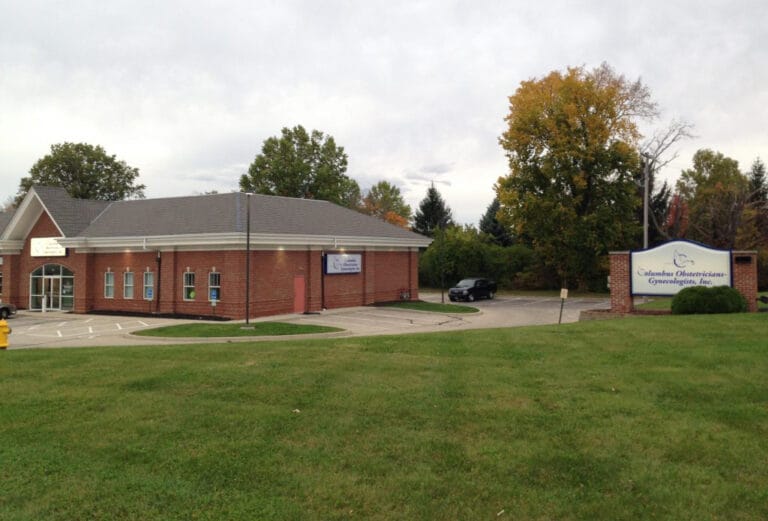Sometimes, natural vaginal birth isn’t medically possible for a mother and her child. When this is the case, doctors have to deliver the baby using a different method, called a cesarean birth, or a C-section. This is the method of delivering the baby surgically through an incision made through the abdomen and uterus of the mother. Many women have questions about cesarean birth and whether it is right for them. This page goes over the basics of C-sections and should answer some frequently asked questions about them.
WHAT IS A CESAREAN BIRTH?
Cesarean birth is a procedure that allows the baby to be born in a different way than a normal vaginal delivery. During normal labor, the baby would pass through the birth canal and out through the vagina. However, if this is not possible due to various circumstances, a C-section may be performed. During a C-section, the baby will be delivered through a cut (incision) made in your abdomen and through your uterus.
WHY DO WOMEN GET C-SECTIONS?
There are many different reasons why a woman may have a cesarean birth. Sometimes, it may be the safest way to deliver the baby. Or the woman may simply choose it over vaginal birth. However, having a cesarean birth can be a complicated decision. There are several different reasons why a woman may need a C-section to deliver her baby:
- Failure of the Labor to Progress: During normal labor, the cervix may not open (dilate) wide enough for the baby to progress through it. Sometimes the uterine contractions may not be regular or strong enough to push the baby through the birth canal. In most cases, the doctor can give you certain medicines that improve the labor pattern. However, if labor remains ineffective, a C-section may be necessary to safely deliver the baby. If your labor is going very slowly, your doctor will watch you very carefully for several hours to determine what medically necessary actions will be needed.
- Multiple Pregnancy: Sometimes, if a woman is having two or more babies in one pregnancy, she will need a cesarean birth to deliver them safely. This depends on the number of babies and their health. The more babies you are carrying, the more likely it is that a C-section will be required. Also, if the babies are going to be premature or if they are not in the correct birthing position, they also may need to be delivered via cesarean. However, some women with twins are able to give birth vaginally.
- Previous Cesarean Birth: If a woman has had a previous C-section birth, a repeat C-section may be necessary. Although many women are able to give birth vaginally after having a cesarean birth, sometimes there is a risk that the uterus may rupture during a VBAC (vaginal birth after C-section) birth, which is very serious. Depending on the type of incision made during the previous c-section, the woman may need to have another C-section to safely birth the baby. If you had a vertical incision made on your uterus during your last C-section, you should not try to deliver vaginally.
PROBLEMS WITH THE PLACENTA
There are several different problems that can arise with the placenta. The two that most often merit cesarean birth are:
- Placenta Previa: This is a condition when the placenta is too low and blocks the cervical opening. This will block the baby’s passage out of the uterus.
- Placental Abruption: This is an emergency situation that arises when the placenta detaches too early from the mother’s uterus and prevents proper oxygen flow to the baby. This causes a lot of bleeding and usually requires an emergency C-section to deliver the baby safely.
- Concern for the Baby: If there are problems that suddenly arise with the baby during labor that may be life-threatening, a cesarean birth may be needed. Problems with the umbilical cord, such as pinching or being compressed, can cause the baby to not get enough oxygen, which can be fatal. Also, sometimes, the umbilical cord can become wrapped around the baby’s neck, which is very dangerous and can cause severe complications for the baby. Emergency C-sections can help deliver the baby safely if any of these problems arise.
WHAT IS THE PROCEDURE LIKE?
The preparation for the procedure may vary depending on your particular situation. Oftentimes, if it is an emergency cesarean birth, you may not have a lot of time to prepare. Before the surgery, you may be given stomach acid-reducing medication. You also will have a catheter inserted into your bladder to remove pressure and any urine. You will also receive an IV which is inserted into your vein transferring any important medications and fluids to you during your C-section surgery.
Before the surgery, you will also receive anesthesia so you do not feel any pain. The type of anesthesia you will receive depends on your situation in pregnancy, and what will be safest for you.
THERE ARE SEVERAL DIFFERENT TYPES OF ANESTHESIA:
- Epidural Block: The anesthesia is injected into your lower back, which will numb the lower half of your body during the procedure. Sometimes, a slender tube will be inserted into the spine so that more epidural medication can be inserted if needed during the procedure.
- Spinal Block: Spinal blocks are very similar to epidurals. They also numb the entire lower body. However, they are injected directly into the spinal fluid.
- General Anesthesia: If you receive general anesthesia, you will be put under during the entire surgery, meaning that you will not be awake until it is all over.
During the surgery, your doctor will make one of two different types of skin incisions: either transverse (horizontal), or vertical incision. Usually, a transverse cut is the preferred incision, because it allows for better healing and less bleeding. However, if the baby’s head is in a different position, a vertical cut may be needed. The incision will be made just above the pubic line, where muscles will be moved and left uncut. Then, the doctor will make an incision into the uterus. Through the incision, your baby will be removed, as well as the placenta and the umbilical cord. After the baby is removed, your uterus will then be sealed using dissolvable stitches, and the abdomen will be sealed using staples or stitches.
WHAT IS THE RECOVERY LIKE?
The hospital stay length after a C-section is usually anywhere from 2 to 4 days. While in the hospital, it is important to rest and drink plenty of fluids. If you want to walk, it is important to get help from a nurse. The IV and catheter will be removed a few hours after surgery, and you should be able to eat and drink. The incision will be sore for several days afterward, but you may receive medication to manage the pain. If you remain awake during the surgery, you should be able to hold and breastfeed your baby right away. During this time, your doctor may periodically check in on you and your baby to make sure that everything is all right.
When you return home from the hospital, it is important to rest and not do anything that could impede the healing of your uterus and abdomen. It is important to follow your doctor’s instructions, even if they may not be desirable. To prevent infection, do not insert anything into your vagina (douches, tampons, etc.). Also, refrain from sexual intercourse until your doctor says it is alright to do so. Normal side effects include:
- Soreness of the incision
- Mild cramping, especially during breastfeeding
- Bleeding or discharge for about 4-6 weeks
- Bleeding with clots and cramps
However, if the pain is extreme or gets worse, call your doctor’s office immediately.
ARE THERE ANY RISKS OR COMPLICATIONS FROM CESAREAN BIRTHS?
As with any surgery or birth, there are risks and complications associated with even the safest procedures. These complications are usually very rare and are very treatable. They may include:
- Losing enough blood to require a transfusion
- Infection of the uterus, skin, or other pelvic organs
- Developing blood clots in the legs, lungs, or pelvic organs
- Reaction to the types of anesthesia used
- Injury to the bowel, bladder, or other surrounding organs
- Disfiguring scar or keloid
IN CONCLUSION
Cesarean birth is a safe procedure that allows for the healthy birth of a baby. It is sometimes necessary when complications during the pregnancy arise. Talk to your doctor about cesarean birth and whether or not it would be right for you and your pregnancy.







